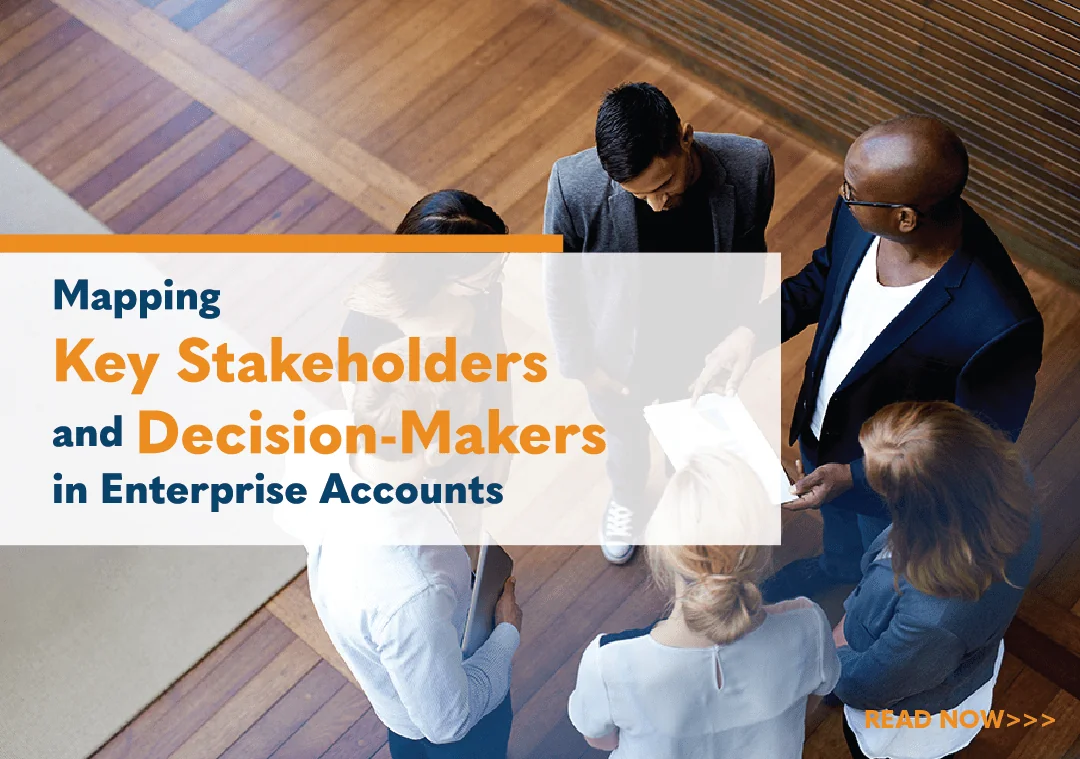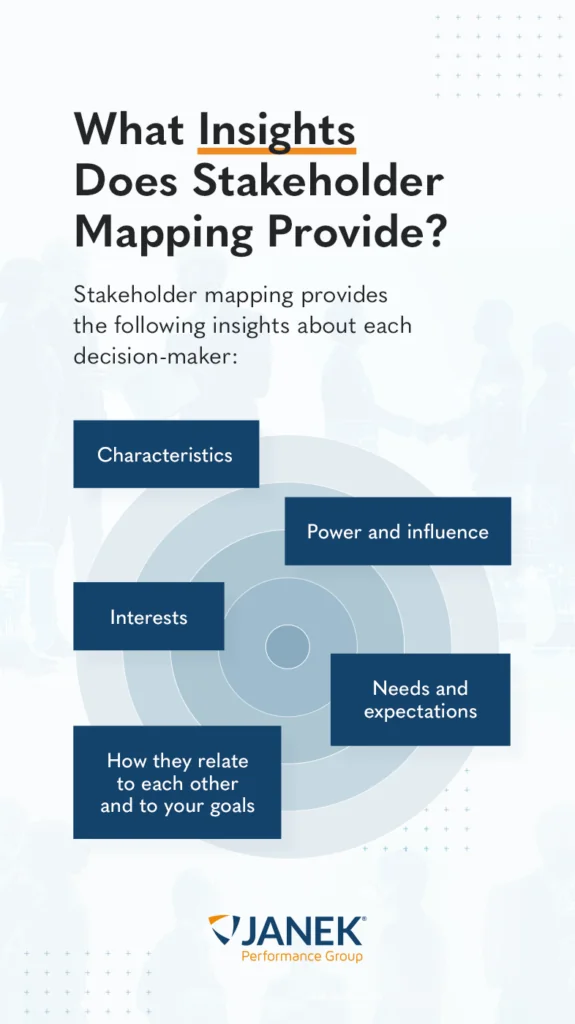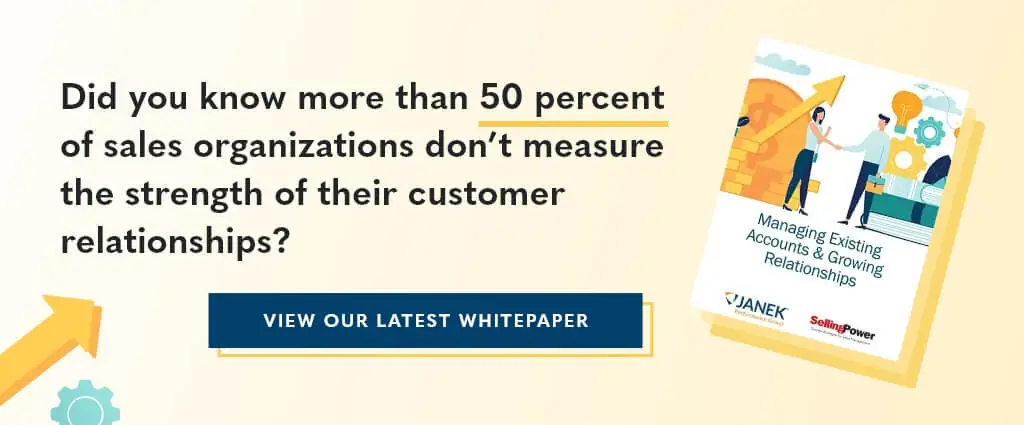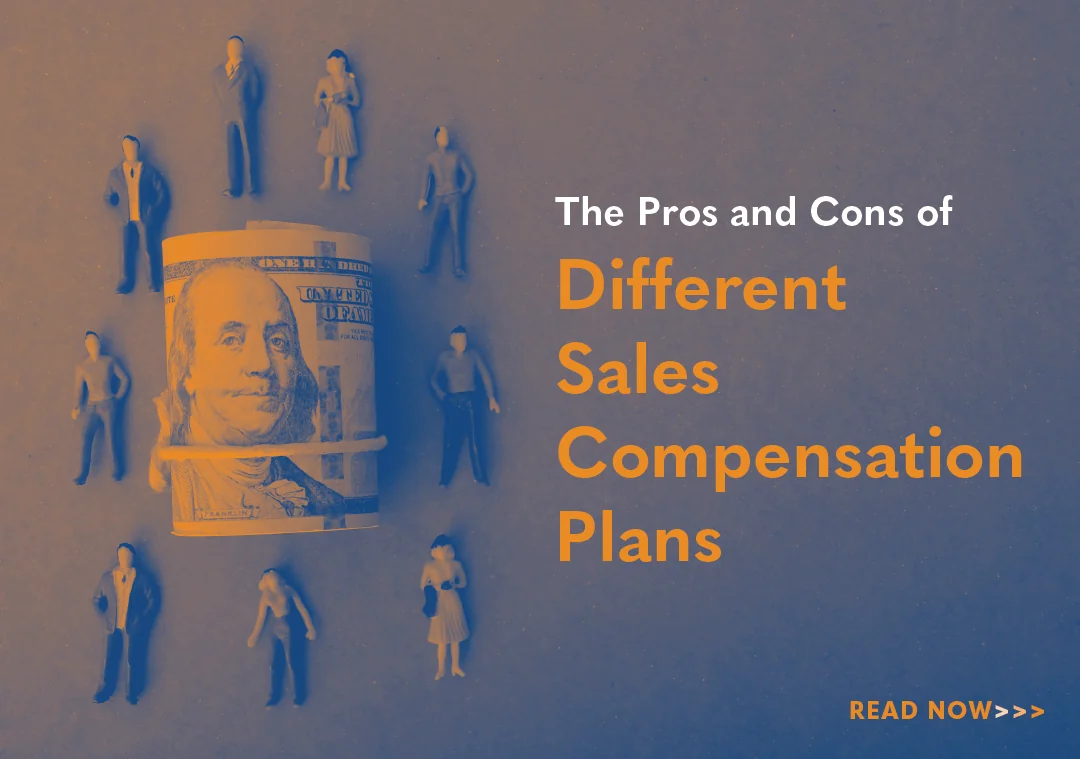Mapping Key Stakeholders and Decision-Makers in Enterprise Accounts

A typical business project or initiative involves various decision-makers who can influence the outcome. These are stakeholders, and they can be within or external to the organization. You need to determine how to leverage their actions or input for the best outcomes on your projects or business initiatives. If running a sales campaign, for instance, your goal is to attract the highest number of customers possible and increase revenue. The decisions or actions of key stakeholders can slow or speed up your sales initiatives, and that’s why stakeholder mapping is crucial.
Why You Should Align Stakeholder Mapping with the Sales Process
Stakeholder mapping identifies key decision-makers in the practices that affect your business and have a significant influence on the sales process. For the stakeholder mapping process to be effective, it should be aligned with the business’s ideal buyer personas and sales practices.
Buyer personas are fictional representations of your ideal customers built based on market research and data from existing buyers. Sales professionals develop these profiles to understand customers’ characteristics and specific needs. Details of buyer personas may include their purchase behaviors, demographic factors, and details such as their industry, motivations, pain points, goals and challenges.
In making sales, a few common personas might include decision-makers, gatekeepers, end users and opponents. You should make sure you understand how a given persona will move through the buyer’s journey, as that information will inform the company’s sales approach.

How the Buyer’s Journey Informs Sales Strategies
There are three main stages in how someone makes a purchase:
- Awareness
- Consideration
- Decision
Each stage represents the customer’s knowledge and level of interest in the product or service. Aligning your sales approach with the buyer’s journey ensures you can deliver appropriate content, communication and value proposition at each stage. Each buyer will move through the phases at their own pace.
Stakeholder mapping can help you identify each customer’s level of interest and provide insights on the right type of marketing for each stage. For example, when the buyer is at the awareness stage, you need to give them information about the product and how it will solve their problem. The sales team is responsible for moving the buyer from one stage to the next. Actions required may include sending emails, making calls or signing contracts.
Customers at different stages will require different approaches from the sales team. Stakeholder mapping will help the sales team determine which buyers to prioritize during the sales process. For example, a customer who is about to buy or sign a contract is a high-priority prospect.
Use Stakeholder Buyer Personas to Structure the Sales Process
An example of aligning stakeholder mapping with buyer personas to boost sales is pricing your products based on an analysis of your stakeholders. Customers can be segmented based on their behaviors, needs and willingness to pay, letting you tailor your pricing strategy accordingly.
For a B2B sales process where there could be numerous individuals involved in a single purchase decision, you need to uncover the critical players. Focus on these key decision-makers or stakeholders by providing them with content that educates them about your solution. The right marketing strategies will motivate buyers through the funnel and get them to make decisions faster. For that reason, it’s important to know when the customer is ready to move to the next stage.
Aligning the stakeholder map to the sales process guides your sales teams’ decisions and actions. The map can help the team engage prospects and address their needs as they evolve at different points in the buyer’s journey, equipping your company to close more deals.

Identifying Key Stakeholders
Stakeholder is a broad term that defines any person or group of individuals who affect your business or who may be affected by your business’s decisions. Internal stakeholders are individuals within your organization or business who participate in developing products or delivering projects, while key external stakeholders include decision-makers within your target audience.
These individuals may include investors, employees, business partners, sales leaders, influencers and consultants, so mapping is a valuable tool for keeping track of your varied approaches to making sales.
Benefits of Identifying Stakeholders
Knowing the key stakeholders involved in a decision presents distinct advantages for a sales team:
- Minimize risks: Identifying the decision-makers or stakeholders who pose the most significant risks allows you to engage them early in the project.
- Set priorities: When you know who presents the biggest opportunities, you can prioritize the engagements that will have the greatest impact on the business.
- Enhance efficiency: Reducing a list of many stakeholders to a manageable list of key decision-makers lets you apply your time and resources where they matter most.
Mapping the Stakeholders
The following steps will help you identify key stakeholders in a company, business or organization of interest:
- Brainstorming: The first step is to identify potential stakeholders for your project. Record their names and roles.
- Categorize the stakeholders: Stakeholders can be grouped into categories such as retailers, board members, management, customers and suppliers. You can also categorize stakeholders based on their level of influence and interest. This step helps you identify stakeholders that can be eliminated as you proceed to the next stages, ensuring the sales team concentrates their efforts on individuals who can significantly impact project success.
- Visualize relationships between different roles: You must establish the involvement each stakeholder or group of stakeholders could have with the project. Find out the relationships between different roles and the interactions between them. You’ll also want to perform research to understand why they care about the project.
- Prioritize stakeholders: Depending on the complexity or size of the project, you may have listed many names. Order the list to prioritize the most involved individuals or groups and determine how often they expect to be engaged. Priority categories you can use include low power and low interest, low power and high interest, high power and low interest, and high power and high interest.
- Finalize mapping: Create the map and consider adding it to a shared workspace for accessibility by everyone involved in the project. Be sure to review and update the map regularly as your projects and strategies evolve.
Stakeholder Strategies
You can adopt different strategies to manage and engage your stakeholders. The following core activities will help you determine what you need to do to keep pace with these individuals’ needs and expectations.
Communicate
You can use various communication tools or platforms such as newsletters, emails, face-to-face meetings and social media messaging. Depending on the project requirements, you can also invite them for annual, quarterly, monthly or bimonthly meetings.
Communication and value propositions should be tailored to the expectations of different stakeholder groups:
- Decision-makers focus on ROI, strategic alignment and high-level benefits: Communicate how your solution aligns with strategic goals and offer ROI. Be concise and data-driven in your delivery to boost conversions.
- Influencers focus on functionality, peer approval and details: Provide in-depth demos and case studies. Cultivate long-term relationships and position yourself as a trusted advisor, not just a vendor.
- Gatekeepers focus on process adherence and access control: Leverage internal advocates on your behalf. Share information that could benefit the gatekeepers in their role.
- End users focus on usability, functionality and day-to-day impact: Provide assurance that you’re available for training and support or access to trials. Listen and adapt.
- Opponents resist change and focus on concerns and objections: Seek compromise, build trust and show empathy.
Seek Feedback
Seek the stakeholders’ feedback on the projects they influence and those with outcomes that will affect them. The stakeholders will be more invested in the initiatives if they feel their opinions are valued. If you engage high-value stakeholders, they’ll give you high-value opinions or input vital to your project. In addition, engaging them and using their feedback in the implementation process makes it much more likely that you will deliver outcomes or products that reflect their needs and expectations.
Stay Ahead of Trends
Conduct research in your industry to ensure you’re always ahead of the trends and can implement or adjust your projects to reflect the changes. Share these changes with your stakeholders and explain how they impact the ongoing work. Be prepared to address possible resistance to change or challenges and develop solutions on how to address these issues if they arise. In addition, create systems that ensure your engagement strategies are sustainable.
Janek Performance Group Can Help You Map Stakeholders

Both your sales and development teams can benefit from key stakeholder mapping. The team at Janek can help. Our team will assist you in mapping and analyzing your stakeholders and guide you in designing strategies that will yield results based on those individuals’ needs and interests.
We are an award-winning sales performance company serving clients of all sizes, from startups to Fortune 100 organizations. Request more information online to discuss your company’s needs and see how we can support your objectives.
Updated 1/15/2025

- Account Planning (11)
- Awards (49)
- Client Testimonial (37)
- Personal Branding (19)
- Podcast (11)
- Research (70)
- Sales Career Development (87)
- Sales Coaching (156)
- Sales Consulting (137)
- Sales Culture (170)
- Sales Enablement (354)
- Sales Leadership (109)
- Sales Management (248)
- Sales Negotiation (16)
- Sales Prospecting (125)
- Sales Role-Playing (18)
- Sales Training (235)
- Selling Strategies (263)
- Soft Skills (70)
- Talent Management (94)
- Trusted Advisor (27)
- Virtual Selling (49)
- Webinar (9)


























